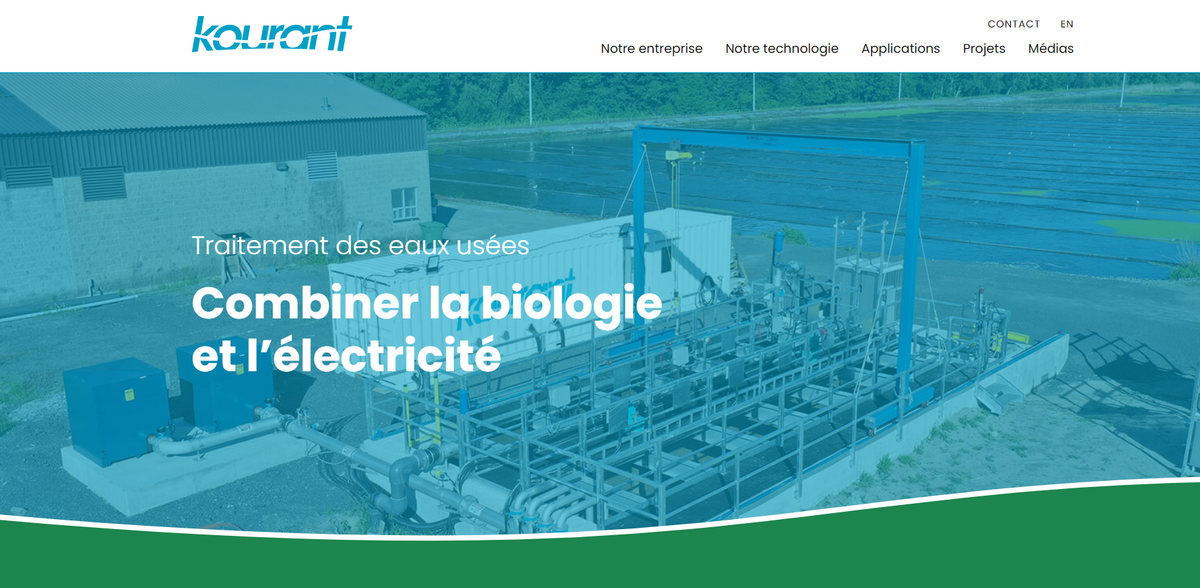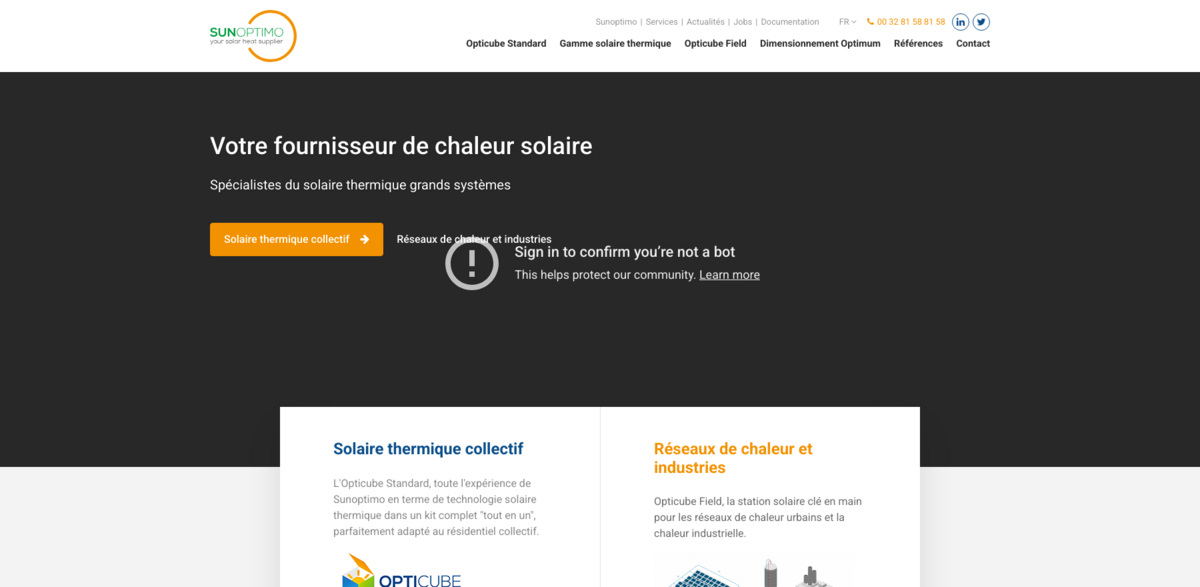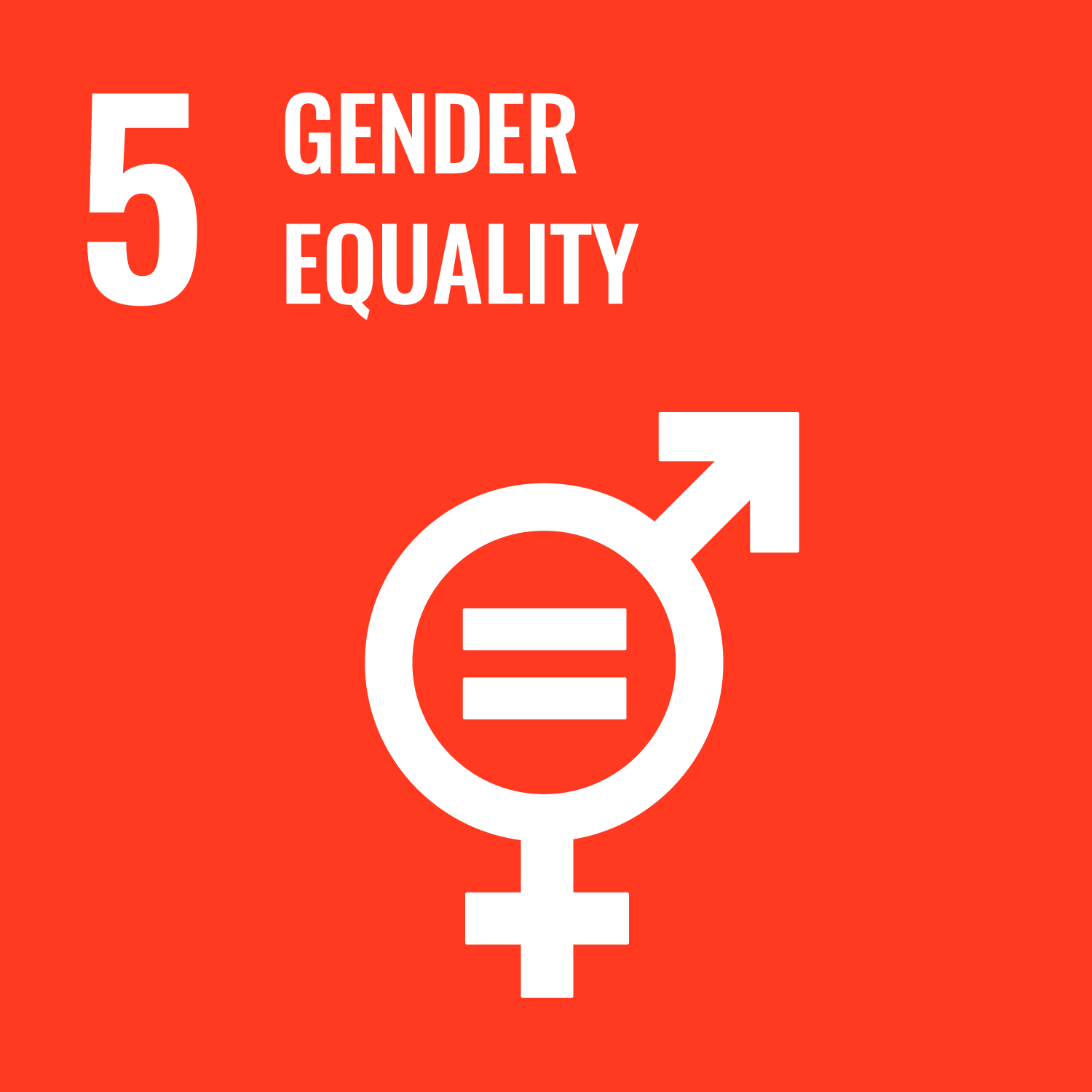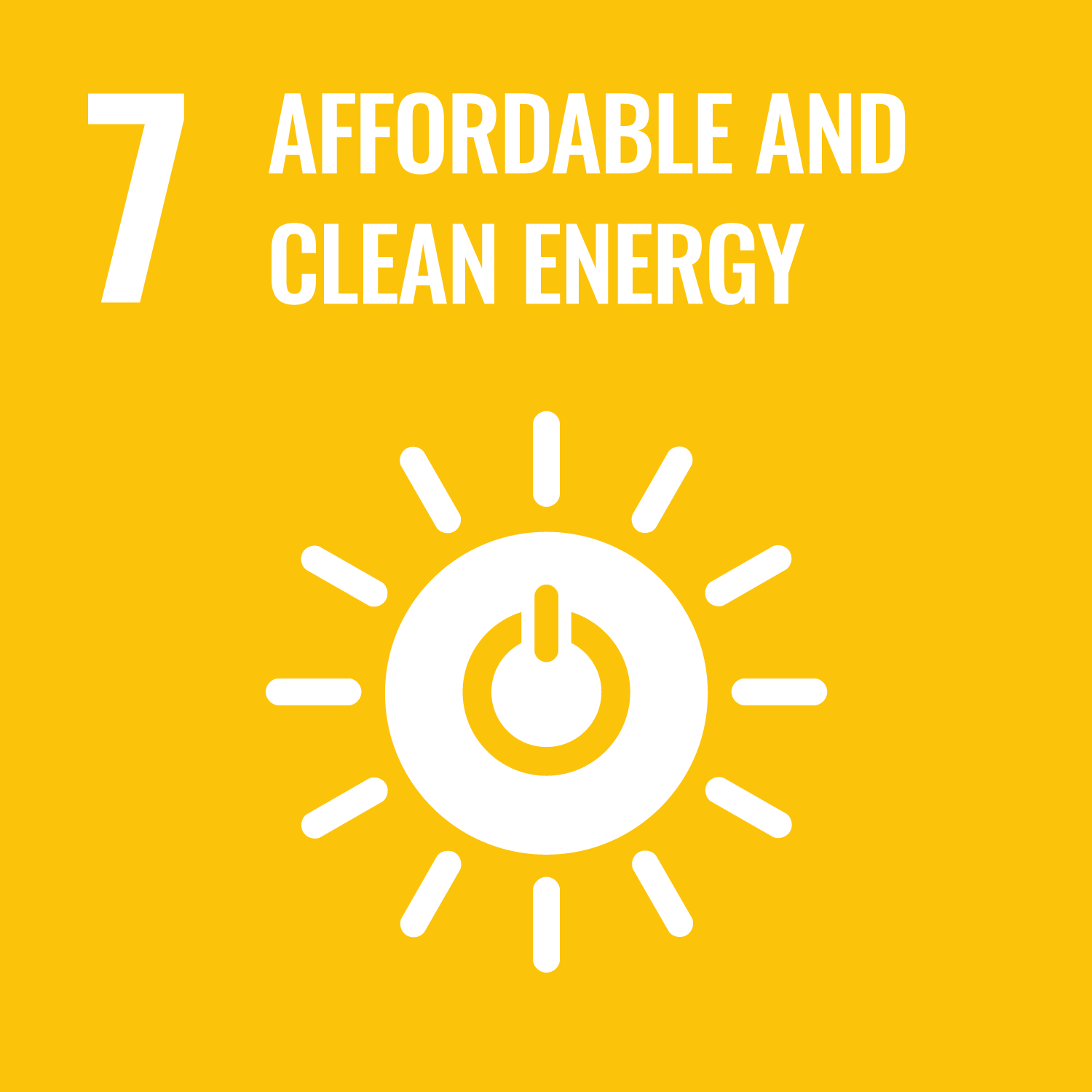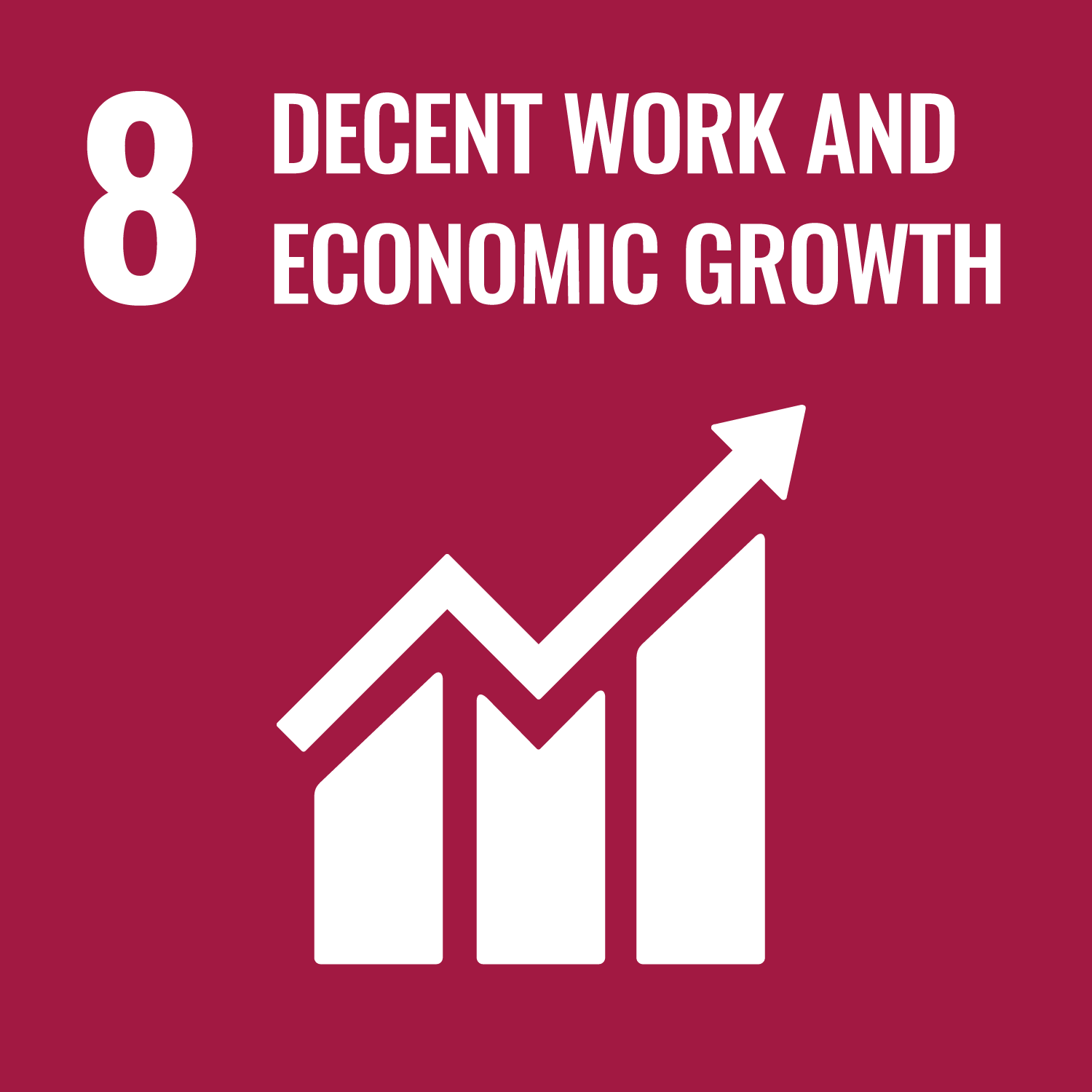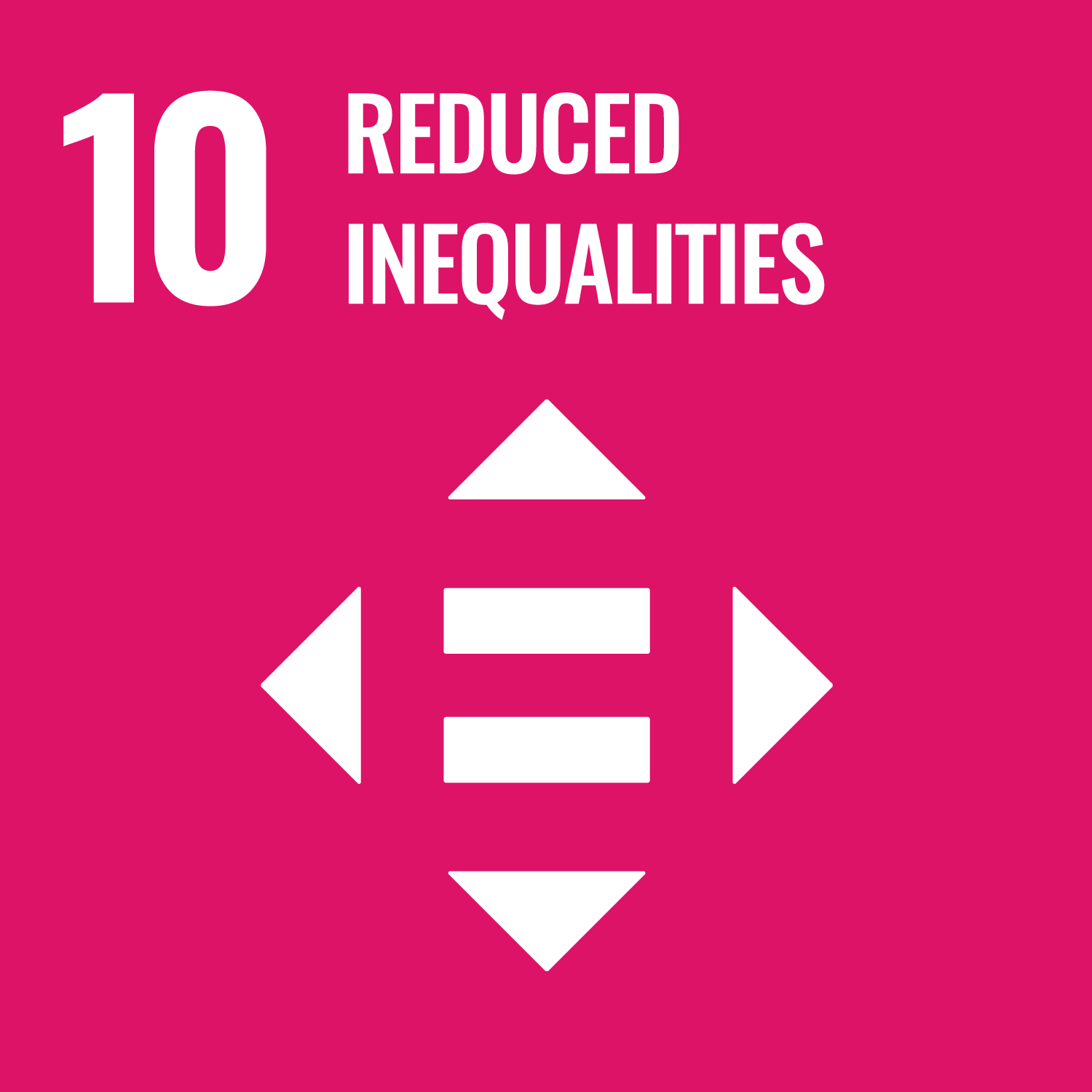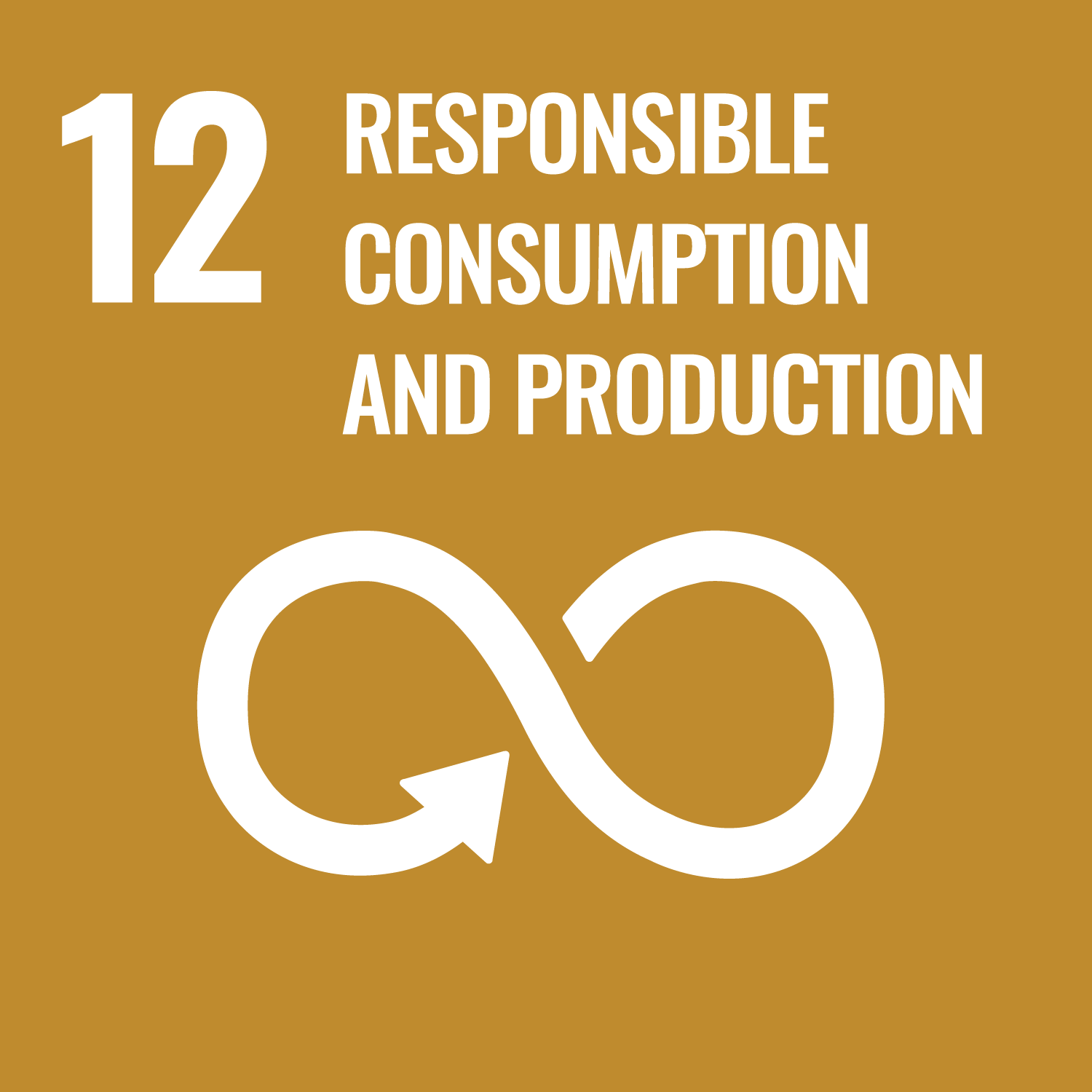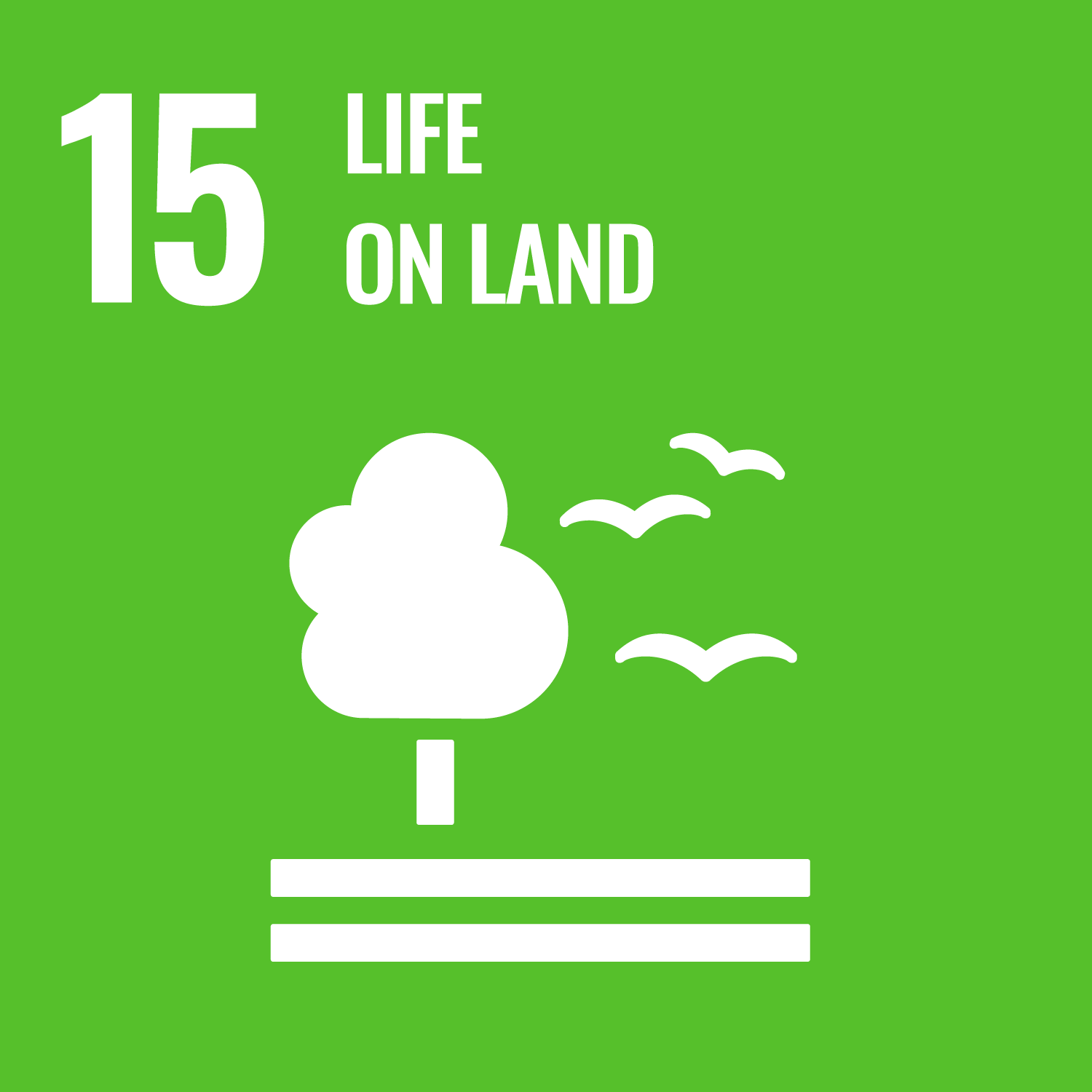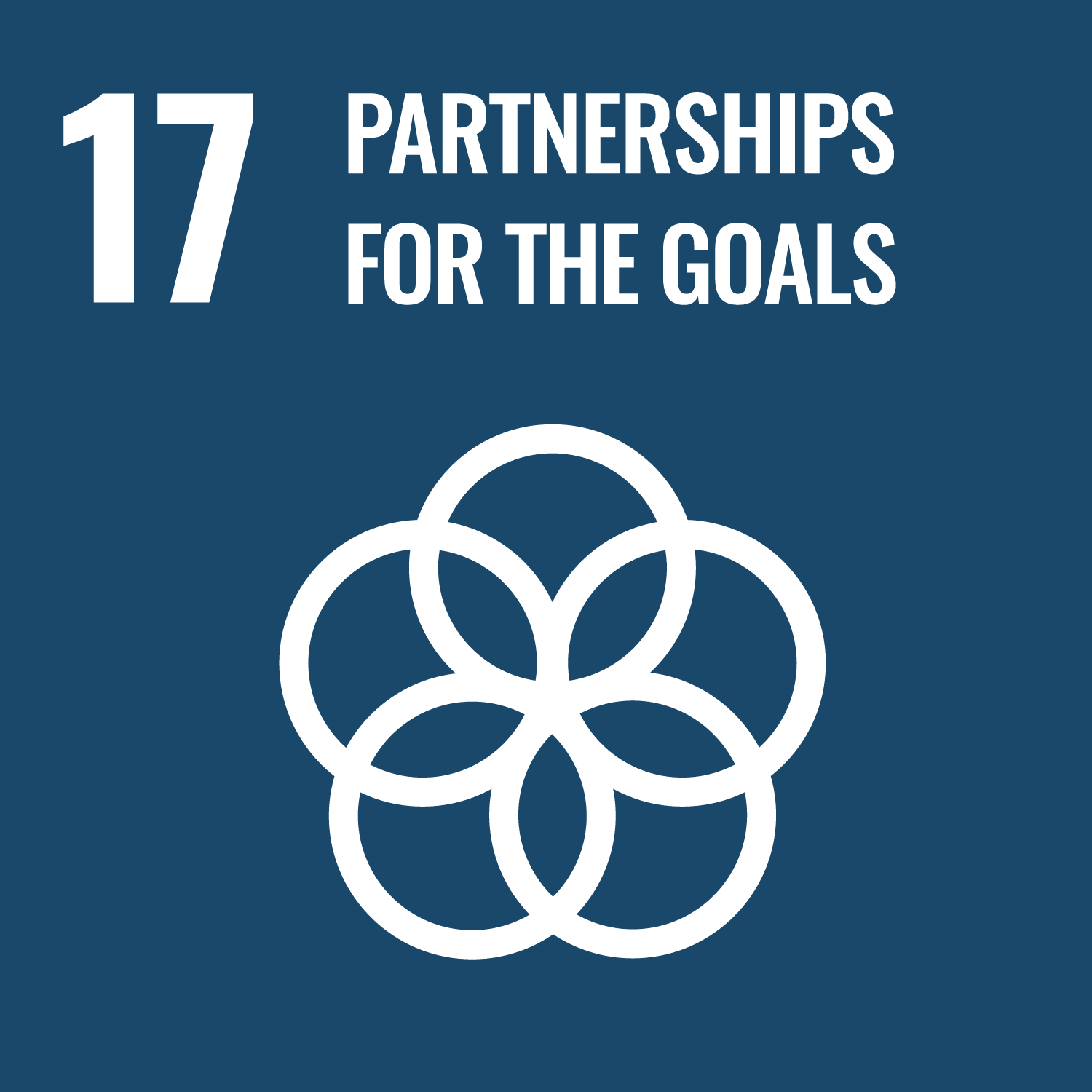What is the EBR Technology?
Wastewater treatment has taken on a new dimension with the innovative process that combines biology and electricity – the EBR Technology. This groundbreaking solution eliminates nitrogen, phosphorus, and heavy metals at low costs, without adding chemical products and in a small space. The technology employs both biological and electrochemical processes to treat these nutrients in water, a critical improvement since wastewater treatment plants have not traditionally been designed to deal with these challenges. The process is not only efficient but also provides an alternative to traditional methods that would otherwise require doubling the size of the treatment facility along with an increased use of chemicals… it’s a pretty ingenious solution.
Main Benefits of the Technology
The EBR Technology stands out by offering several key benefits:
- Eliminates nitrogen and phosphorus effectively
- Removes heavy metals without the need for chemicals
- Operates in a small space, avoiding facility expansion
- Utilizes an electrical current for the process
- Contributes to increased energy efficiency and sustainable operations
The Challenge of Nutrient Removal
Nitrogen and phosphorus are essential nutrients; however, their presence in wastewater is a major environmental challenge. Combined with climate change, these nutrients are accelerating the proliferation of algal blooms around the world. Traditional wastewater treatment plants, not originally designed to remove these specific compounds, can struggle to address this issue effectively. In many cases, available solutions require a doubling in the size of the treatment area and an increased reliance on chemicals – a solution that not only elevates treatment costs but also raises sustainability concerns. It’s a pressing problem that calls for a smarter, more adaptive approach…and the EBR Technology offers exactly that.
The Role of Biological and Electrochemical Processes
The innovative technology brilliantly marries two seemingly distinct disciplines: biology and electricity. Using an electrical current to enhance biological processes, the treatment process bypasses the need for chemical additives entirely. This method leverages natural biological activity while boosting its efficacy with electrochemical stimulation, targeting the removal of nitrogen, phosphorus, and heavy metals. In this regard, the technology offers a sustainable yet effective approach, positioning itself as a forward-thinking option in modern wastewater treatment. It’s a perfect example of how combining different fields in unexpected ways can solve long-standing industrial challenges.
Industry and Community Recognition
The reach of this technology has not gone unnoticed. Publications such as La Presse have featured discussions on the importance of increasing energy efficiency, choosing sustainable suppliers, and investing in accordance with environmental, social, and governance (ESG) criteria in Quebec. Such recognition underscores that every actor has their part to play in developing a green economy. This kind of industry acknowledgment adds an extra layer of credibility to the innovative approach of combining a small, scalable footprint with advanced technology to address one of the modern era’s most pressing environmental issues.
Impact on Sustainable Development Goals
- SDG 6: Clean Water and Sanitation – by improving wastewater treatment and alleviating harmful nutrient loads.
- SDG 9: Industry, Innovation, and Infrastructure – through the adoption of innovative technologies in wastewater management.
- SDG 11: Sustainable Cities and Communities – by enhancing local water treatment capabilities and reducing environmental risks.
- SDG 12: Responsible Consumption and Production – by employing processes that reduce chemical usage and minimize waste.
- SDG 13: Climate Action – through the reduction of environmental pollutants and a smaller carbon footprint.
Future Prospects and Environmental Impact
Looking ahead, the EBR Technology offers promising prospects for both regional and global implementation. With worldwide marketing rights owned by Kourant inc., this innovative and patented solution is set to make a significant impact on environmental conservation by revolutionizing how wastewater is treated. By addressing the dual challenges of maintaining effective wastewater treatment while reducing chemical usage and space requirements, it paves the way for responsible technological progress. The potential environmental benefits are profound – reducing nutrient overloads can help control algal blooms, protect aquatic life, and contribute to cleaner, safer water for communities everywhere.

